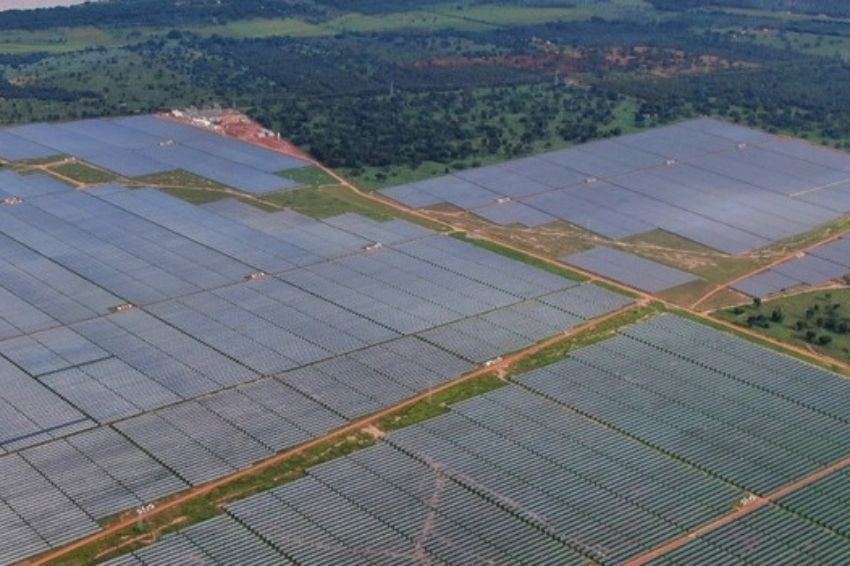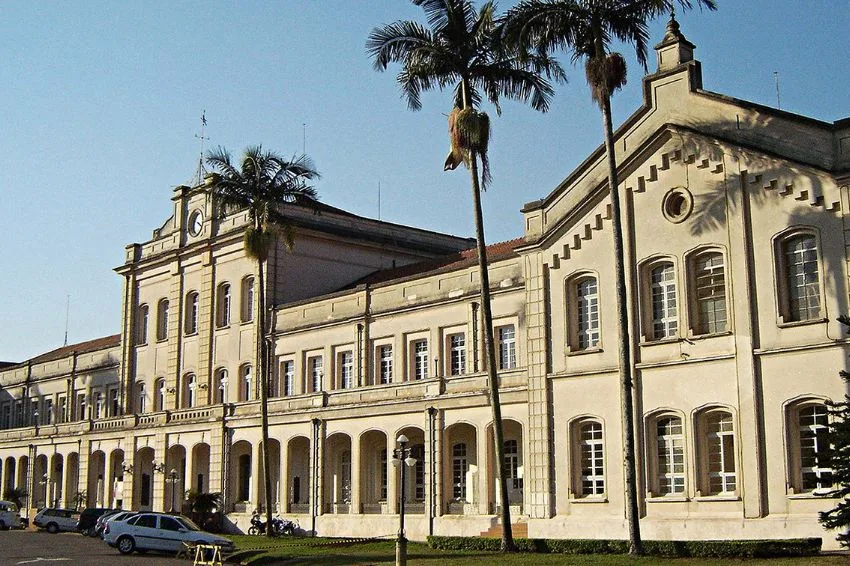This Tuesday (04), Brazil reached the historic milestone of 13 GW of installed capacity of photovoltaic solar sources in large plants and in small and medium-sized systems installed on roofs, facades and land, according to data collected by Canal Solar next to ANEEL (National Electric Energy Agency).
The record only reinforces the sector's growth in recent years, which saw its operational power increase by 160% in less than two years, jumping from 5 GW in April 2020 to the current 13 GW.
According to calculations made by ABSOLATE (Brazilian Photovoltaic Solar Energy Association), in less than 10 years, the source has already been responsible for bringing the country more R$ 61.6 billion in new investments, in addition to R$ 15.7 billion in revenue from public coffers and more than 360 thousand jobs accumulated.
Solar energy has also avoided the emission of 13.6 million tons of CO² into the atmosphere since 2012, when Resolution 482 (Normative Resolution nº 482/2012) was created – a document that defined rules so that Brazilian consumers could generate its own energy, connected to the distribution network.
The Association highlights that the growth of solar energy is fundamental for the social, economic and environmental development of Brazil, considering that it helps to diversify the supply of electrical energy, reducing pressure on water resources and the risk of further increases in bills. of light for the population.
Early this morning, Canal Solar published a research from IPEC (Intelligence in Research and Consulting), which shows precisely this: that increases in electricity bills in 2021 impacted the lives of more than 90% of Brazilians.
Centralized Generation
Brazil has 4.63 GW of installed power in solar plants in the GC (Centralized Generation) segment, equivalent to 2.53% of the country's electrical matrix. In January 2021, the index was 1.7%. Currently, solar is the sixth largest source of energy generation in Brazil, with 5,144 projects in operation in 23 Brazilian states, in the following regions:
- North: Acre, Amapá, Amazonas, Pará, Rondônia and Tocantins;
- Northeast: Alagoas, Bahia, Ceará, Maranhão, Paraíba, Pernambuco, Piauí and Rio Grande do Norte;
- Southeast: Minas Gerais, São Paulo, Rio de Janeiro and Espírito Santo;
- Central-West: Mato Grosso, Goiás and Mato Grosso do Sul;
- South: Santa Catarina and Paraná.
Distributed generation
In the DG (Distributed Generation) segment, there are 8.37 GW of installed power from solar sources in all Brazilian states. Currently, 5,437 of the 5,570 municipalities that make up the national territory already have at least one solar system installed in residential, commercial, rural and industrial establishments and in public buildings and services.
Among the locations, the states with the highest installed power are Minas Gerais, São Paulo, Rio Grande do Sul, Mato Grosso and Santa Catarina. The first three have already reached the 1 GW mark in operation. According to ABSOLAR, in addition to being competitive and affordable, solar energy is quick to install and helps to ease consumers' pockets, reducing their electricity costs by up to 90%.
The 10 Brazilian states with the most installed power in solar DG:
- Minas Gerais: 1,476 MW
- São Paulo: 1,063 MW;
- Rio Grande do Sul: 1,009 MW;
- Mato Grosso: 593 MW;
- Santa Catarina: 472 MW;
- Paraná: 451 MW;
- Goiás: 415 MW;
- Rio de Janeiro: 323 MW;
- Ceará: 289 MW;
- Bahia: 288 MW.
















